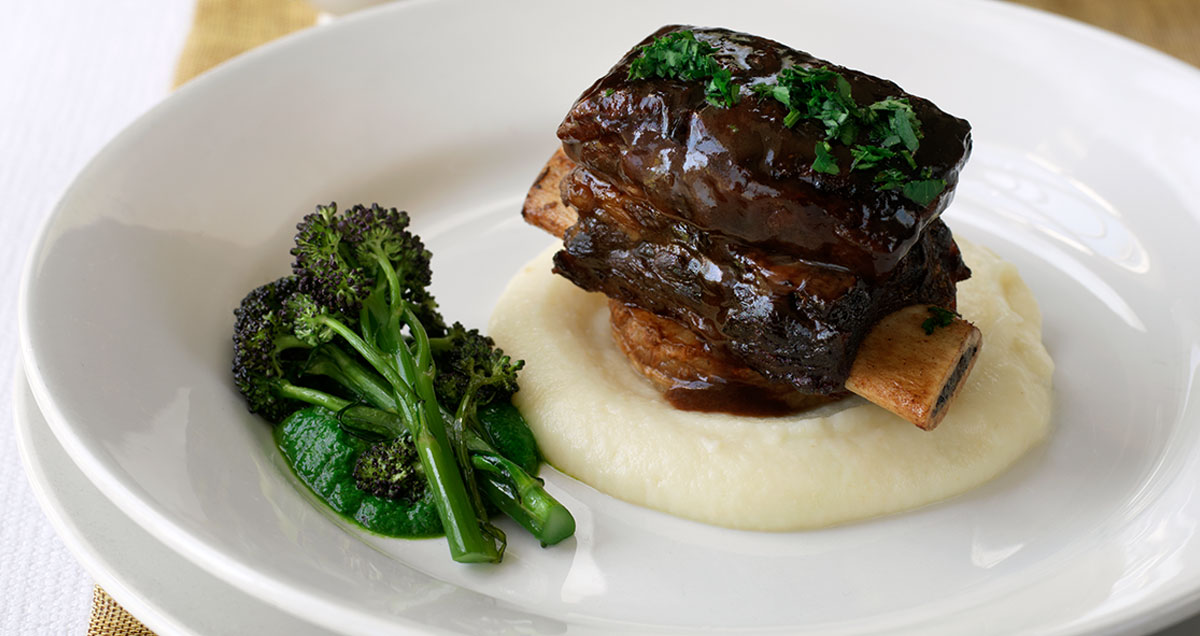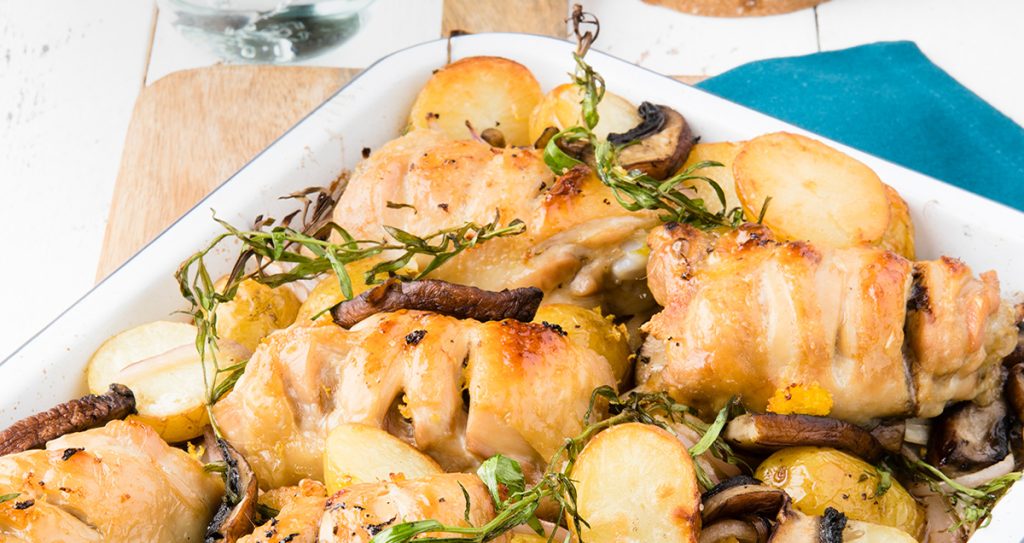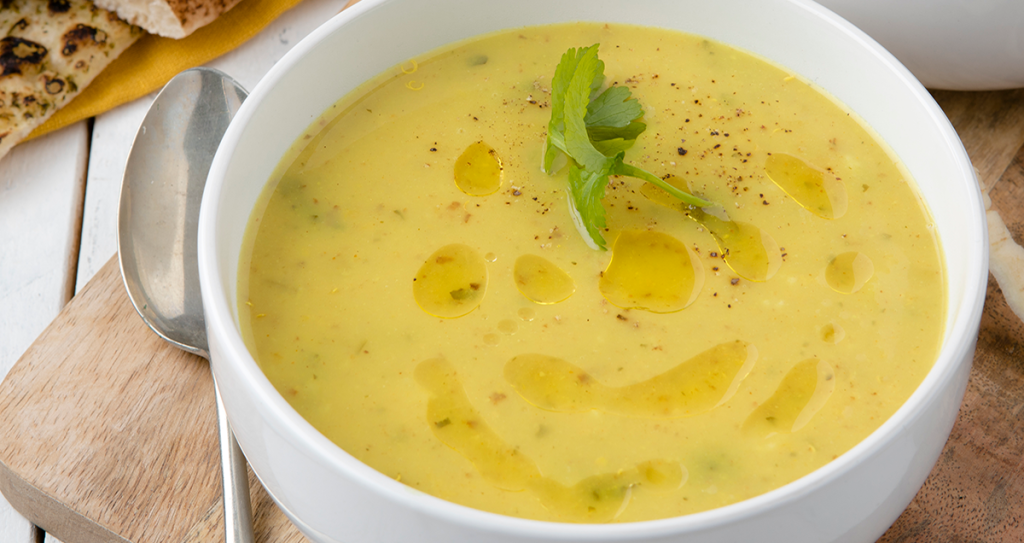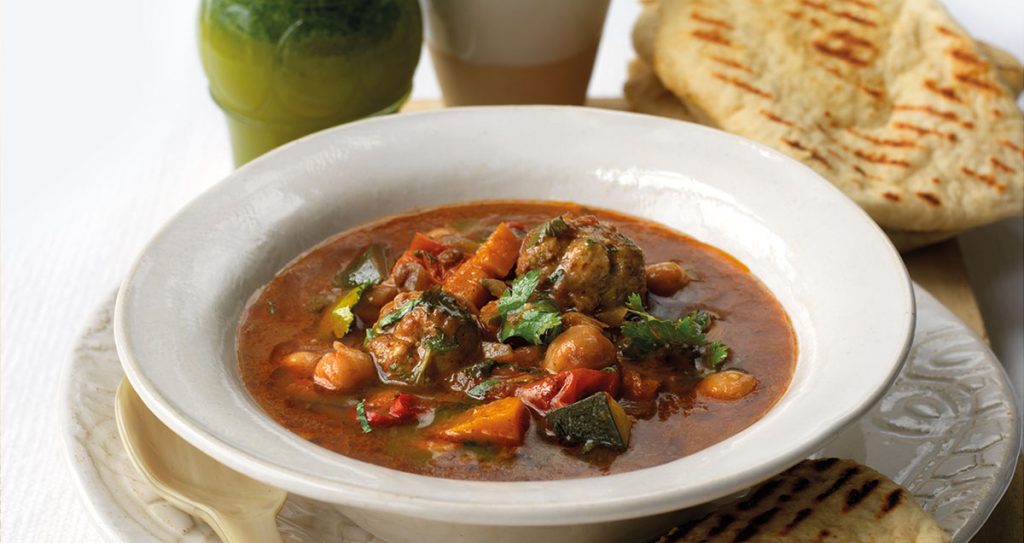, Step by step
Braised rib of beef with celeriac purée

A great special occasion dish that makes the most of the beef ribs and the accompanying vegetables.
Method
-
Step 1
Trim off the excess fat and sinew from the ribs and, in a hot pan with a little oil, seal the outside until caramelised in colour. Place into a roasting dish.
-
Step 2
Add the onion, carrot and garlic to the hot pan you used to seal the ribs, then add the thyme. Cook for one minute on a low temperature, then add the red wine and veal stock. Bring to the boil and add the chopped tomatoes.
-
Step 3
Pour the mixture over the ribs. Sprinkle the sugar over the top, add the honey and mix all the ingredients together. Cover with foil and place into an oven at 150°C for 4 1/2 hours, or until tender enough that the rib meat falls away from the bone.
-
Step 4
While the ribs are cooking, peel the celeriac and the potato and cut them into pieces. Boil on the stove until tender. Drain, place into a food processor and blend until smooth. Add the butter and season with salt and pepper. Keep warm until ready to serve.
-
Step 5
Place the tenderstem broccoli spears into a roasting dish, season with salt and pepper and drizzle with olive oil. Keep to one side.
-
Step 6
When the ribs are cooked, remove them from the stock and keep warm. Place the stock into a pan and reduce until a thick gravy is achieved. Pass through a sieve and keep warm.
-
Step 7
Place the broccoli spears into a hot oven at 190°C for 10 minutes, until they caramelise. Remove from oven and keep hot.
-
Step 8
Put a spoon of the celeriac purée onto each plate and place a rib on top. Place a broccoli spear next to this, pour the gravy over the rib and serve.
Nutrition
Celeriac, also known as root or knob celery, is a root vegetable and a member of the carrot and parsley family, but it is much less starchy and lower in carbohydrate than other roots, such as potatoes and parsnips.
Celeriac and celery have similar aromatic flavours and were bred from the same wild plant, one for its root, the other for its stem, although it is uncertain when it was first cultivated. Wild celery appears to have originated in Mediterranean regions and apparently was used by the ancient Greeks – it is mentioned in Homer’s The Odyssey and referred to as ‘selinon’.
Celeriac can be eaten raw or cooked – roasted, stewed, mashed, made into soups or puréed as in this month’s featured recipe. It is particularly popular in Italy and in France where it is eaten raw, cut into julienne strips and served in a mayonnaise-like sauce or remoulade.
Because celeriac is low in carbohydrate and calories, it can be a good substitute for potatoes if people are watching their weight. It is rich in potassium and other minerals and high in fibre.
DR JULIET GRAY, COMPANY NUTRITIONIST


